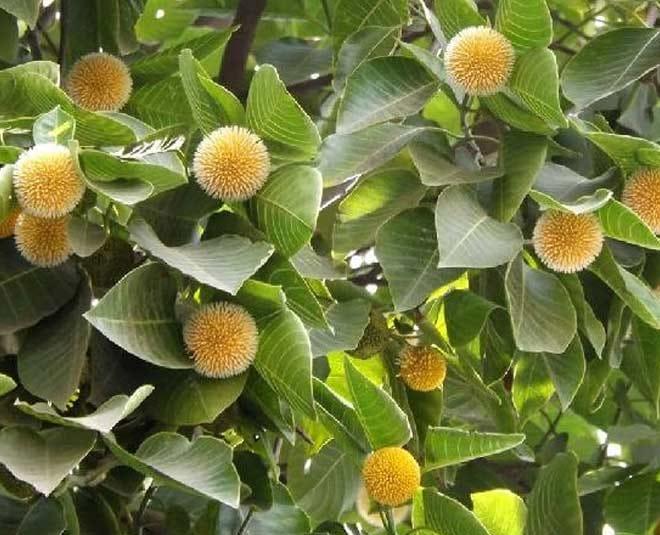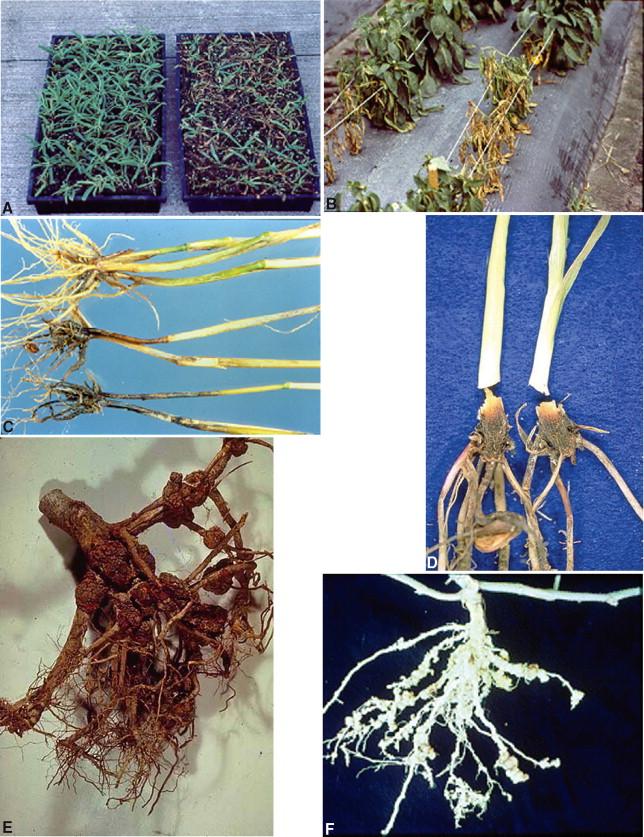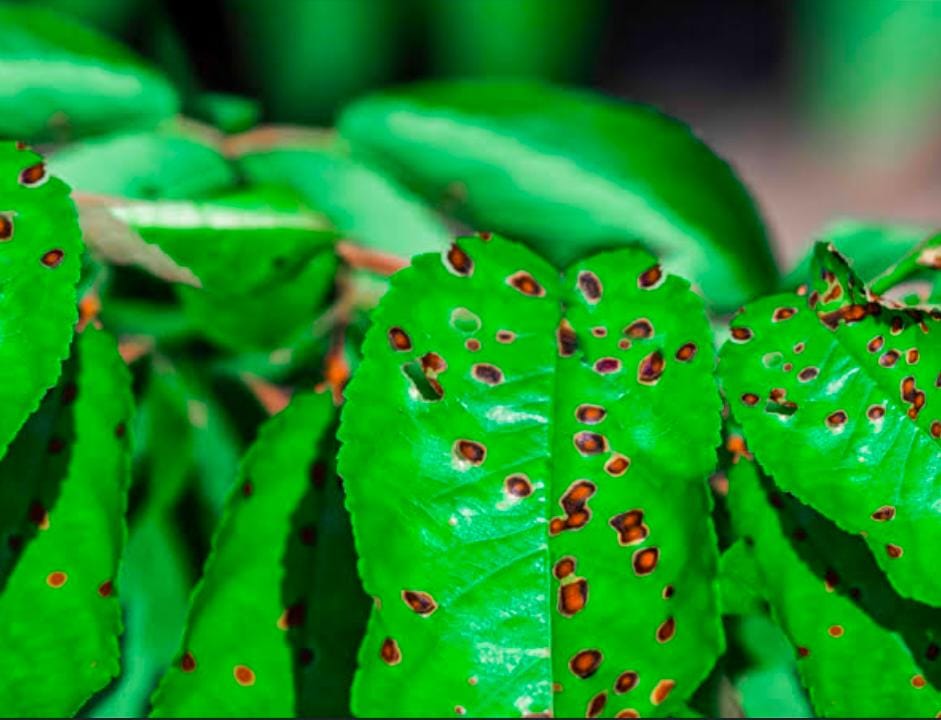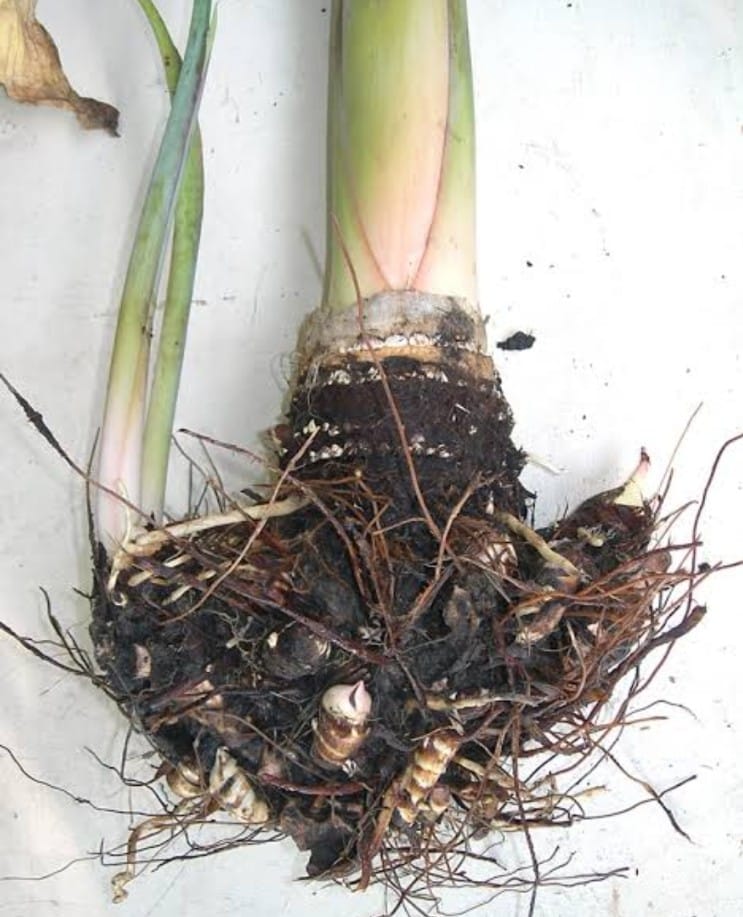Kadambam Plant
KADAMBAM, possibly referring to a specific plant variety, may have varying care requirements. Generally, provide well-draining soil, appropriate sunlight, and regular watering. Pruning and fertilizing practices may vary based on the specific characteristics of this plant.

Habit
Tree
Height
10 to 12 m
Growth
Fast
Soil
Well-drained, Loamy
Shade
Full Sun
Moisture
Moist
Edible
No
Medicinal
Yes
Origin
India
Climatic Condition
Tropical, Humid
Temperature (°)
25°C to 35°C
Humidity (%)
70% to 80%
Potting media
50% Loam, 30% Sand, 20% Organic Matter
Fertilizers
Organic Fertilizer
Watering
Regular watering
Plant Weight
5 to 8 kg
Flowering Time
Spring to Summer
Soil Ph level
6.0 to 7.5
Water Ph level
6.0 to 7.0
Soil EC
0.6 to 1.2 mS/cm
Yield Per Plant
20 to 30 kg per plant
NPK ratio
10:10:10 or 12:6:6
life Span
25 to 30 years
Health Benefits
Medicinal, Antioxidant
Suggested Grow Media or Potting Mix ?
50% loamy soil, 30% compost, 20% sand
Suggested Fertigation/Fertilizers
Fertilize every 4 weeks with a balanced fertilizer.
Common Diseases and Remedies
Damping- off , leaf spot .
Seedling stems become water soaked and thin, almost thread like, where infected. Young leaves wilt and turn green-gray to brown.
Neem Oil Spray, Garlic Spray.
HEALTH BENEFITS
· Used in Ayurveda for liver and skin disorders
· Anti-inflammatory properties
What is Kadambam tree?
Neolamarckia cadamba, known in English as burflower tree, laran and Leichhardt pine, and locally as kadam or kadamba, is an evergreen tree native to South and East Asia. This genus name honors the French scientist Jean-Baptiste Lamarck.

What Are The Different Types Of Kadambam?
1. Neolamarckia cadamba
Known in English as burflower tree, laran and Leichhardt pine [2] and locally as kadam or kadamba[2], is an evergreen tree of southern and eastern Asia. This genus name honors the French scientist Jean-Baptiste Lamarck. Its flowers are densely spherical and have an orange aroma. These flowers are used to make perfume. The tree is grown as an ornamental and is used to make wood and paper. Kadam plays an important role in Indian religion and mythology.
2.Anthocephalus cadamba
Rubiaceae(Roxb.) Miq.
Anthocephalus cadamba
Anthocephalus cadamba 444 Cadiz4 (Rafael T. Cadiz) 444 Cadiz

How to care for Kadamba plants?
It grows well in deep moist alluvial soil, mostly on river banks. The soil should have good drainage and should not be affected by floods. Kadam trees are planted at 5 x 5 m intervals during the monsoon season.
Location
Neolamarckia cadamba, commonly known in English as burflower tree, laran and Leichhardt pine, and locally as kadam or kadamba, is an evergreen tree native to southern and eastern Asia.
Sunlight
Sunlight More than 6 hours of bright, direct sunlight per day is ideal for plants.
Soil
For plant growth, the soil must be well-drained, fertile and rich in organic matter.
Hydration
Water when topsoil (1-2 inches) is dry to the touch. Water thoroughly in summer, reduce water in winter and rainy season. The soil should be well-drained, fertile, rich in organic matter and encourage plant growth.

What Are The Different Types Of Kadambam?
Nourishment
Zinc (11.05 mg)
Iron (28.297 mg)
Copper (4.19 mg)
Calcium (123.7 mg)
Magnesium (71.04 mg)
Potassium 443 mg
Issues
Collapse: A disease caused by Fusarium and Pythium in young seedlings
Drought sensitivity: Seedlings sensitive to drought
Excessive moisture: Collapse occurs, try in more moist soi
lFungal Growth: Trichoderma fungus found on branches
Sun Protection: Seedlings should be protected from sunlight
What are the benefits of Kadamba plant?
Kadamba produces anti-inflammatory properties and is effective in treating cancer, including prostate, breast, colon and colon cancer. It also helps heal disease by limiting cell growth and preventing it from spreading.
FAQs About Growing Kadambam
1. How long does it take for a Kadamba tree to grow?
It is growing fast, with large branches, growing fast in the first 6-8 years. Its body diameter is 100-160 cm, but it is usually less than this diameter. The leaves are 13-32 cm (5.1-12.6 in) long. Flowering usually begins when the tree is 4-5 years old.
2. Can Kadamba trees be grown indoors?
Yes, you can grow Kadamba trees indoors as long as you have the right soil and temperature.
3. What are the benefits of Kadamba tree?
Lowers blood sugar. It has been proven by many studies that the leaves, bark and roots of the Kadamba tree are effective in reducing diabetes. The leaves of this plant contain methanol extract which is very helpful in lowering high blood sugar. Chapter
4. Can we eat Kadamba fruit?
According to old research, its fruits and flower clusters are edible. Kadamba flowers are used for many purposes, including the production of sandalwood perfume called attar. Fresh leaves can be fed to cattle.
5. How old is the Kadam tree?
To be successful, seeds must be planted in the ground. These trees have good undergrowth. Male growth is usually rapid in the first 6-8 years. Trees can be cut when they are 10-15 years old.



